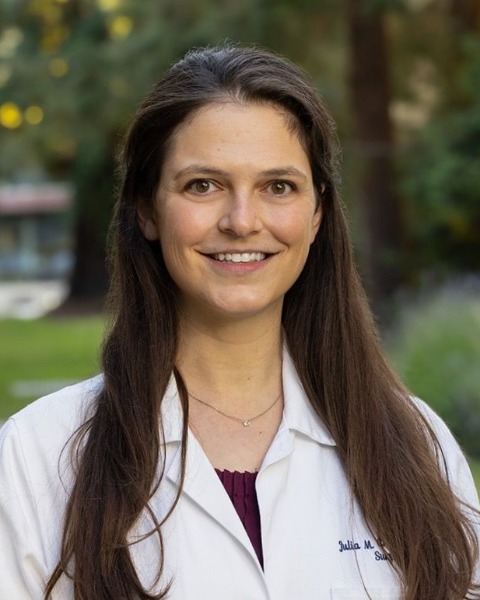Disparities in Surgical Oncologic Care
E148: Racial Disparities in Patient-Reported Outcomes after Breast-Conserving Surgery and Radiation

Julia M. Chandler, MD, MS (she/her/hers)
Breast Service, Department of Surgery
Memorial Sloan Kettering Cancer Center, United States
Julia M. Chandler, MD, MS (she/her/hers)
Breast Service, Department of Surgery
Memorial Sloan Kettering Cancer Center, United States
Julia M. Chandler, MD, MS (she/her/hers)
Breast Service, Department of Surgery
Memorial Sloan Kettering Cancer Center, United States.jpg)
Minji Kim, BS
Plastic and Reconstructive Surgery Service, Department of Surgery
Memorial Sloan Kettering Cancer Center, United States- VS
Varadan Sevilimedu, DrPH
Biostatistics Service, Department of Epidemiology and Biostatistics
Memorial Sloan Kettering Cancer Center, United States - TL
Tiana V. Le, BS
Breast Service, Department of Surgery
Memorial Sloan Kettering Cancer Center, United States - JN
Jonas A. Nelson, MD, MPH
Plastic and Reconstructive Surgery Service, Department of Surgery
Memorial Sloan Kettering Cancer Center, United States - LB
Lior Z. Braunstein, MD
Department of Radiation Oncology
Memorial Sloan Kettering Cancer Center, United States .jpg)
Monica Morrow, MD
Breast Service, Department of Surgery
Memorial Sloan Kettering Cancer Center
New York, New York, United States.jpg)
Audree B. Tadros, MD, MPH
Breast Service, Department of Surgery
Memorial Sloan Kettering Cancer Center
New York, NY, United States.jpg)
Minna K. Lee, MD
Breast Service, Department of Surgery
Memorial Sloan Kettering Cancer Center
New York, New York, United States
ePoster Abstract Author(s)
Submitter(s)
Author(s)
Methods:
We analyzed BREAST-Q scores preoperatively, and at 6 months, 1 year, 2 years, and 3 years postoperatively, from breast cancer patients undergoing BCS and partial or whole-breast radiation from 2017-2022. Patient demographics, tumor characteristics, and treatments were abstracted from the medical record. Scores for SABTR and PWB-CHEST were compared over time and with univariate and multivariable analyses (MVA), adjusting for race.
Results: 5873 patients underwent BCS; 4670 (80%) self-identified as White, 649 (11%) as Asian or other races, and 554 (9%) as Black. Black patients were more likely to be single or divorced, to have higher BMI, and to have undergone axillary lymph node dissection; Asian patients were younger and less likely to have a smoking history or a history of psychiatric illness. Black patients had higher SABTR preoperatively compared to Asian and White patients (71 vs 64 vs 64, p = 0.001). PWB-CHEST at baseline was lowest among Black patients compared to Asian and White patients (80 vs 85 vs 85, p < 0.001). SABTR and PWB-CHEST were significantly lower at all postoperative timepoints among Asian and Black patients compared to White patients (Figure). In MVA of SABTR, Asian patients had significantly lower breast satisfaction at 6 months (ß = -6.4, p = 0.024), and Black patients reported significantly lower SABTR scores compared to White patients at 2 years (ß = -9.5, p = 0.001). Lower preoperative SABTR score and use of an aromatase inhibitor were also associated with lower 2-year SABTR (ß = 0.25, p < 0.001; and ß = -3.8, p = 0.44, respectively). ALND was not significantly associated with SABTR on MVA. In MVA of PWB-CHEST at 6 months and 2 years, race was not a significant factor.
Conclusions: Breast satisfaction was significantly worse among Asian women at 6 months and among Black women at 2 years following BCS and radiation. Physical well-being of the chest did not differ by race. Whether the local response to BCS and radiation differs by race and plays a role in decreased breast satisfaction is an important area for future study.
Learning Objectives:
- Describe the BREAST-Q patient-reported outcome measures.
- Recognize the trends in breast satisfaction and chest wall physical well-being after breast-conserving surgery and radiation.
- Identify racial disparities in response to breast-conserving surgery and radiation.
